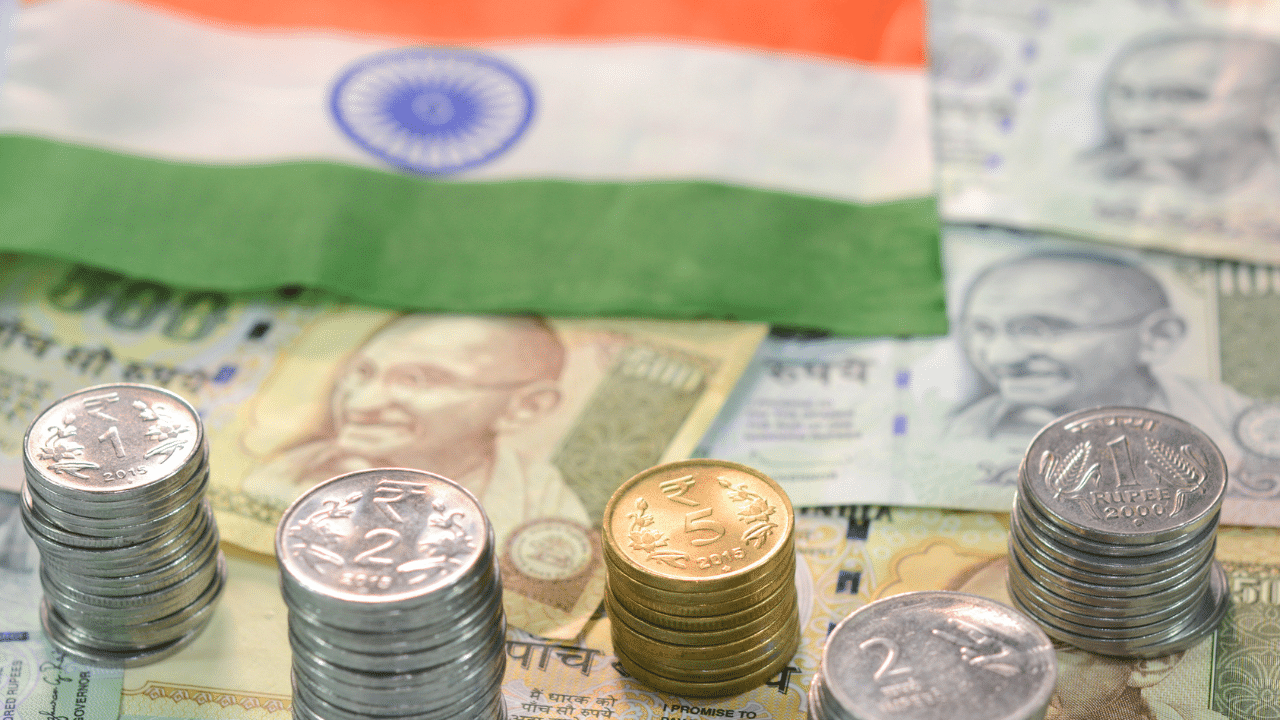New Delhi: India’s economy is likely to grow by 6.7 per cent in the current fiscal year that started in April and can realistically achieve 7-8 per cent expansion over the next decade and a half, having moved past a string of global crises in the recent years, Deloitte South Asia CEO Romal Shetty said.
India remains the fastest-growing large economy and IMF projections show that it could overtake Japan’s this year to become the fourth largest in the world, at about USD 4.2 trillion.
The Indian economy had grown at 6.5 per cent in 2024-25 (April 2024 to March 2025), down from 9.2 per cent in the previous year. However, there has been an uptick fuelled by construction and manufacturing growth since the March quarter when the GDP growth at 7.4 per cent was faster than expected.
This follows Modi government measures ranging from tax cut to the salaried middle class and increased spending to spur consumption.
While the Asian Development Bank pins FY26 growth at 6.7 per cent, the World Bank forecasts 6.3 per cent.
In an interview to PTI, Shetty said that despite a series of global shocks in recent years, from the COVID-19 pandemic to geopolitical disruptions, India’s economy remains resilient and positioned for robust growth.
Shetty believes that GDP will grow at 6.7 per cent for FY26, the strong performance rooted in services, rising mid-market investment, and improving agricultural productivity. While factors like trade can have an impact, but it would be limited to a short-term horizons, till such time deals are concluded, he said.
The economy can rev up to 7-8 per cent over the next 10-15 years, he emphasised.
Asked about his forecast for economic growth in FY26, Shetty said: “We think that its probably (at) about 6.7 per cent.” India’s predominantly service-driven economy remains largely unaffected by global trade challenges, Shetty said.
While India is home to more than 50 per cent of the world’s global capability centres (or GCCs), close to 67 per cent of the Fortune 2000 companies do not have operations in India yet, he said underscoring the significant potential for global businesses to expand their presence in the country. Shetty believes that India’s Global Capability Centres are no longer peripheral support arms, but at the front and centre of global enterprise innovation, positioning the market as ‘front office of the World’.
India currently hosts nearly 1,800 GCCs, a number that can scale to 3,400-5,000 centres over the next few years, with the right policy environment, ecosystem support, and co-ordinated action.
“Just step back and look at it, India’s or every country has gone through some serious crisis in the last 5-6 years. From COVID to trade to wars to all kinds of things. But India still remains at 6.5-6.6 growth. So, that is a clear indicator that India still has a lot of space to grow,” he said.
The per capita income is at less than USD 2,800 but as it approaches USD 4,000, the consumption actually doubles, not merely rising by a third, signalling a disproportionately higher expansion.
Meanwhile, sectors like manufacturing, semiconductors are slowly gaining traction, and agriculture productivity is looking up following good monsoon, he said.
India’s STEM-skilled workforce is beyond tier-2 cities and the talent is “astonishing”, Shetty said, pointing to a nationwide tech-driven growth wave.
“Also, we still have more STEM skills than anybody else in the world. And what we see is not just the tier one cities, tier two cities…We now see tier three cities. Some of the talent coming in is astonishing…in that sense, weathering all these crisis, COVID crisis…So my views is we probably can still grow at 7-8 per cent over the next 10-15 years,” he said, adding this would be contingent on measures including boosting ease of doing business.
The growth next year could be similar, according to Shetty who believes that the trajectory by FY30 holds greater promise.
“By FY30, I think we can actually push it up,” he said.
Asked about the types of investments global companies are eyeing in India and sectors drawing most interest, Shetty highlighted the strength of the services sector.
“So, services has been strong. India does stand out in services,” he said.
He also pointed to specific sectors with significant investment potential, including defense, semiconductors, and pharmaceuticals.
Space technology, though still emerging, is attracting high interest, as is the autonomous technology, covering everything from autonomous vehicles to other automated systems, where substantial work and investment are underway, he said.
